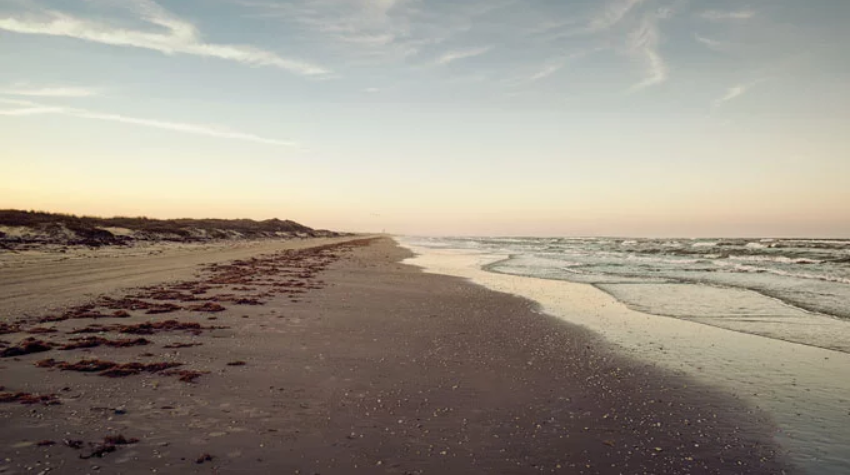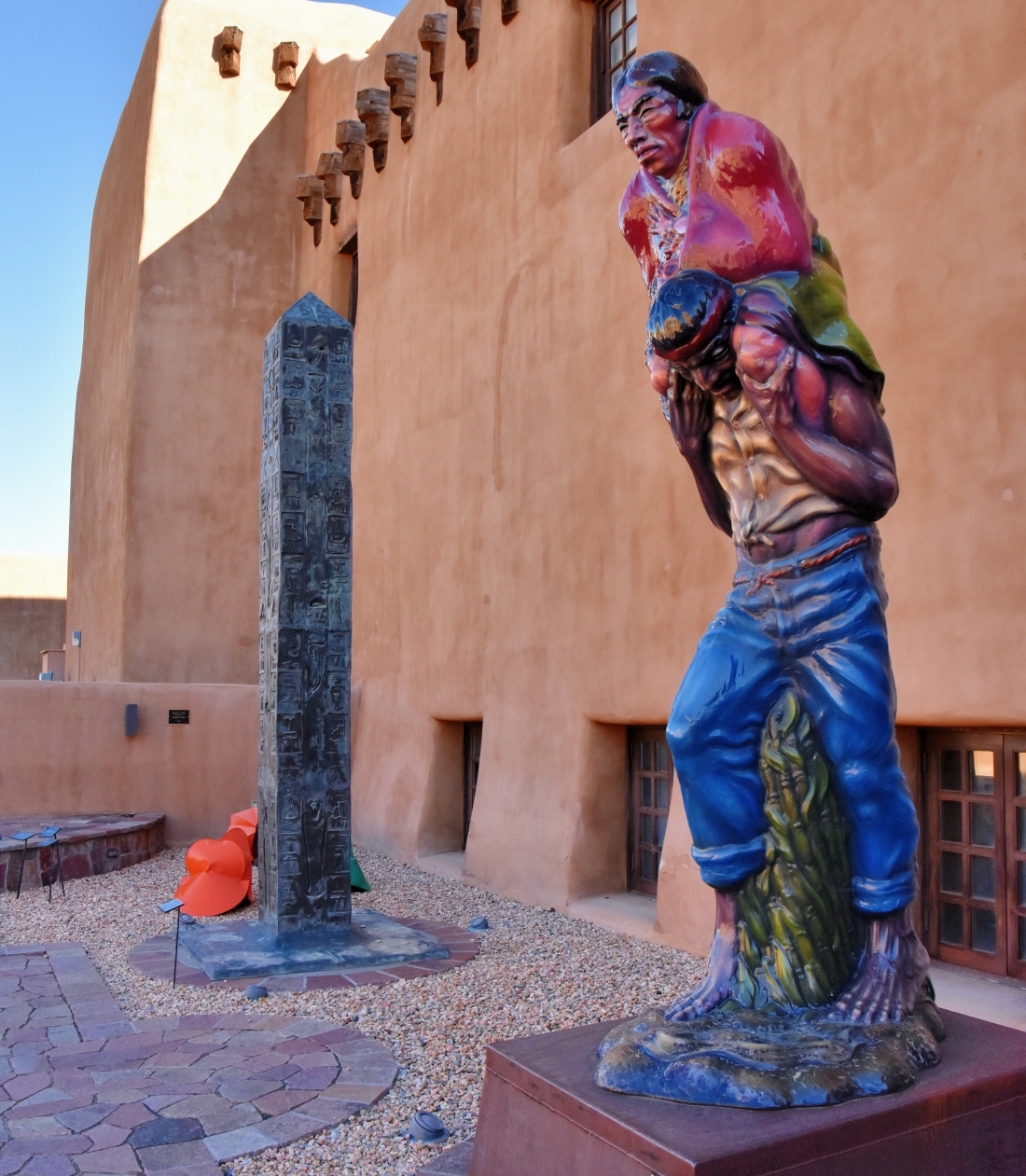“The slow, muscular tug of that fabled river, the Rio Grande.”
–Lauren Markham, The Far Away Brothers
Found Poetry:
Río Grande, Big River
Río Grande del Norte, Great River of the North
Río Bravo, Furious River
Río Bravo del Norte, Furious River of the North
Hañapakwa (Towa), Great Waters
Tooh Baʼáadii (in Navajo), Female River
Introduction to the Rio Grande
It is known as the Rio Grande in the United States, but it goes by Rio Bravo in Mexico. 1,896 miles long, it is the fourth (or fifth, depending on how it is measured) largest river in the U.S. It originates at the base of Canby Mountain, in the San Juan Mountains of the Southern Rockies, Colorado. From there, it flows through deserts, provides water and life to the surrounding agricultural regions and over 6 million people, then empties into the Gulf of Mexico at Boca Chica, between Texas and Mexico where the beach and delta are protected by both state and federal authorities as part of the Lower Rio Grande Valley National Wildlife Refuge. It is worth noting that due to human mis-use, over-irrigation, and drought, the Río Grande is now distressed and ranked in the world’s top ten most endangered rivers.

“Boca Chica is the alpha and omega of Texas—the place where a once mighty river spills into the mightier Gulf, where the U.S. ends and Mexico begins, and where the high-rises of South Padre Island give way to an untamed, undeveloped coast.” –Texas Monthly¹
Scapegoating Immigrants and Unnatural Borders
That’s a brief outline of the river, its beautiful form, its being, its endless journey to the sea.
Related: “A woman in harmony with her spirit is like a river flowing. She goes where she will without pretense and arrives at her destination prepared to be herself and only herself.” –Maya Angelou, poet.
And, yet, what have we done with this river? The Rio Grande. We have turned her into something she is not, something that she never intended to be. In this case, a controversial thing, a border. Since 1848, The Border between Texas and Mexico.
“In American history there has always been a strain of people either scapegoating the other or trying to shut down immigration from places that are seen as un-American or undesirable, even if the reality is far from that.”
—Karthic Ramakrishnan, professor of public policy and political science at the University of California, Riverside, author of Framing Immigrants (2016)
Immigration laws are shifty things, as are borders, I might add. The groups of people judged as “illegal” has changed over time depending on the racial biases and migrant flows during a given era of the nation’s history. In the United States, laws have consistently favoured migration from European countries while discriminating against others.² Although, tellingly, immigrants from south of the U.S.-Mexican border were not considered unauthorised until the Great Depression³. Historians demonstrate that immigrants are the go-to scapegoat for a nation’s economic woes and readily vilified by politicians, as seen in the Chinese Exclusion act, in racist immigration quotas and caps, and even in eugenics, to appeal to a fearful white majority and to push various versions of a “make America great” agenda.
If the river could speak, however, I think she would have other stories to share. Stories that reflected little of those told by men in power making laws and policies from their temperature controlled offices.
The Rio Grande as seen in the Far Away Brothers by Lauren Markham
The liquid border slinks alongside the southern edge of the Santa Ana National Wildlife Refuge, not three car-lengths across. To a person tiptoeing from the river through the scrub of South Texas, everything sounds like a threat: wind rustling the palm fronds, a lizard skittering through the understory, one’s own arm against a pant leg, the heavy flap of a low-flying hawk. This park preserves desert wetlands and other natural habitat home to birds and armadillo and the endangered ocelot, with the occasional crossing of border patrol trucks and those they are hunting. Thanks in part to environmentalist uproar, the infamous border wall–a twelve-foot-high red metal fence–stops, for now, at the Santa Ana’s perimeter and starts up again on the other side. A laminated sign beside the river justifies the park’s existence and the break in the wall: THIS CORRIDOR WILL ALLOW ANIMALS TO SAFELY PASS ALONG AND ACROSS THE RIO GRANDE. Just east of the placard is a narrow scramble path to the river. On opposite sides of the river, Mexico and Texas look just the same.
A person crosses where he can. He moves around or over or beneath the wall. She strips down on the south side and swims across, or hops into a cached-away raft. Ask anyone who’s crossed: the languid look of the river is a sham. Beneath the surface, the water rips fast and cruel.

Sources and related reading:
¹ Boca Chica: Lower Rio Grande River National Wildlife Refuge, Texas Monthly.
² How U.S. immigration laws and rules have changed through history by D’Vera Cohn, Sept. 2015, Pew Research.
³ A history of American anti-immigrant bias, starting with Benjamin Franklin’s hatred of the Germans, by Annalisa Merelli, Feb. 2017, Quartz.
₄ Encyclopaedia Britannica https://www.britannica.com/place/Rio-Grande-river-United-States-Mexico
₅ Wikipedia https://en.m.wikipedia.org/wiki/Rio_Grande
₆ American Rivers https://www.americanrivers.org/river/rio-grande-river/
₇ Río Grande International Study Center (RGISC) https://www.rgisc.org/about-the-rio-grande.html